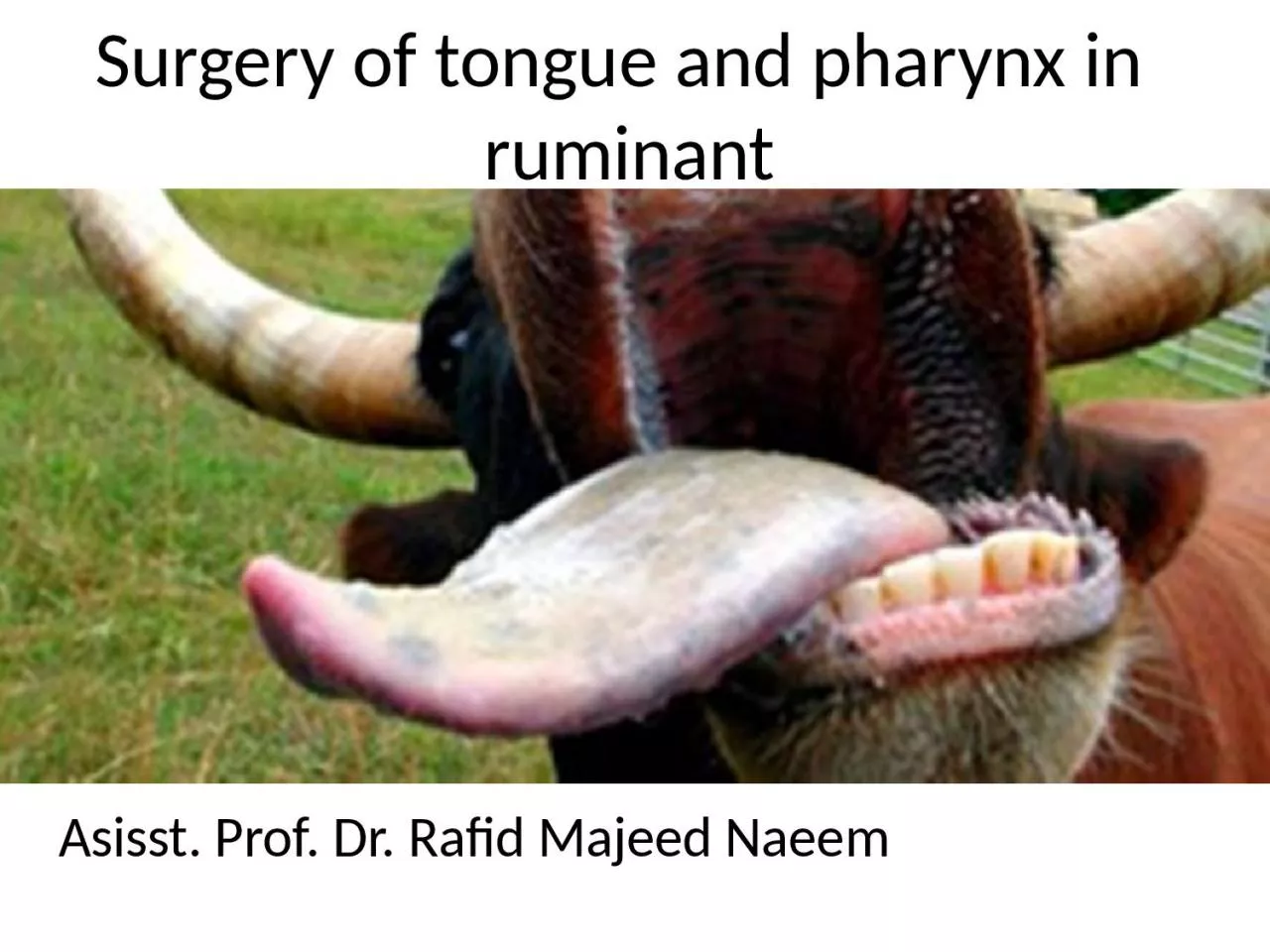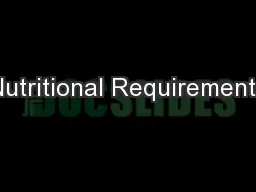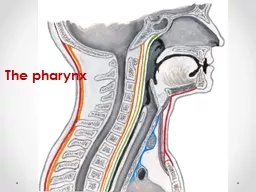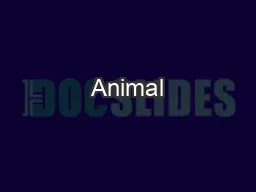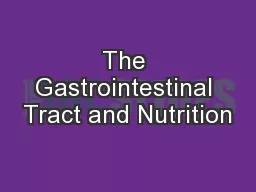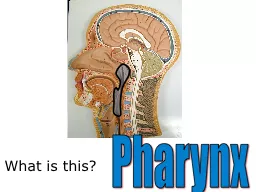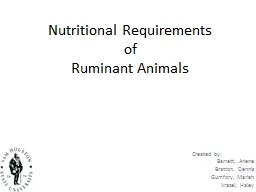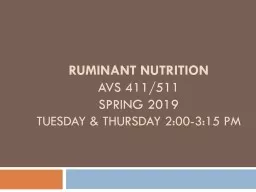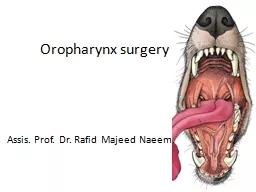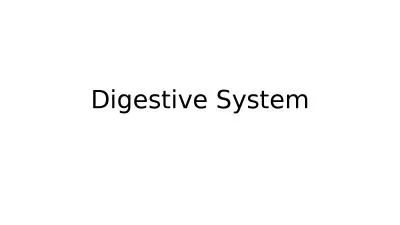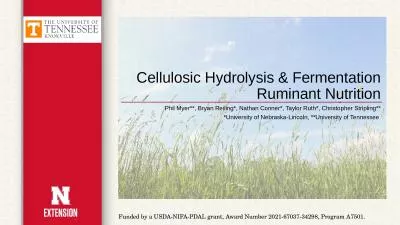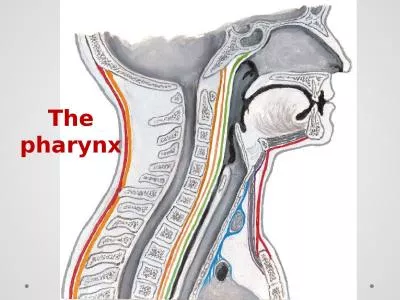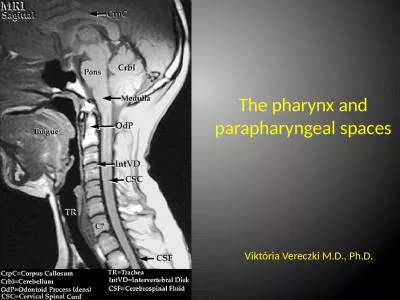PPT-Surgery of tongue and pharynx in ruminant
Author : BookWorm | Published Date : 2022-08-03
Asisst Prof Dr Rafid Majeed Naeem Anatomy of the tongue The tongue is the most versatile organ in the oral cavity It is responsible for food prehension water
Presentation Embed Code
Download Presentation
Download Presentation The PPT/PDF document "Surgery of tongue and pharynx in ruminan..." is the property of its rightful owner. Permission is granted to download and print the materials on this website for personal, non-commercial use only, and to display it on your personal computer provided you do not modify the materials and that you retain all copyright notices contained in the materials. By downloading content from our website, you accept the terms of this agreement.
Surgery of tongue and pharynx in ruminant: Transcript
Asisst Prof Dr Rafid Majeed Naeem Anatomy of the tongue The tongue is the most versatile organ in the oral cavity It is responsible for food prehension water lapping sucking mastication tasting swallowing. No universal diagnostic classification has been adopted or validated Prevalence is difficult to report due to no agreed method of diagnosis or classification Reported to range from 172 48 in neonates No systematic reviews of literature reportin of . Ruminant Animals. Created by:. Barrett. , Arlene. Bratton, Dennis. Gumfory. , Mariah . Vrazel. , Haley . Objectives. Evaluate the protein requirements and what is required of a ruminant animal. State the nutritional requirements of ruminant animals. The pharynx. Anatomy of The pharynx. . Site. Midline. of the neck. From . skull base. to . esophagus. In front of . upper 6 Cervical. . vertebra. Behind. :. The Nose. The Mouth. The larynx. Seen from behind. Digestion. At the completion of this unit students will be able to:. Describe the major parts and functions of the digestive system. Define . Monogastric. and list characteristics of . monogastric. animals. Chapter 6. W. Stephen Damron. Introduction to Animal Science:. Global, Biological, Social, and Industry Perspectives. Learning Objectives. After studying this chapter, you should be able to:. describe the methods of the breakdown of food.. are these. ?. Tertiary. (segmental). bronchi. What . is this. ?. laryngopharynx. What . is this. ?. epiglottis. What . is this. ?. Thyroid. cartilage. What . are these?. Lungs. What . are these?. Secondary. of . Ruminant Animals. Created by:. Barrett. , Arlene. Bratton, Dennis. Gumfory. , Mariah . Vrazel. , Haley . Objectives. Evaluate the protein requirements and what is required of a ruminant animal. State the nutritional requirements of ruminant animals. Spring . 2019. Tuesday & Thursday 2:00-3:15 pm. Animal Nutrition. “ The use of the components of the feeds for the processes of maintenance, growth, reproduction, health, and production”. . . Prof. Dr. . Rafid. . Majeed. . Naeem. Tongue surgery. The tongue is the most versatile organ in the oral cavity. It is responsible for food . prehension. , water lapping, sucking, mastication, tasting, swallowing, grooming, thermoregulation, and vocalization. . Mouth. Pharynx. Esophagus. Stomach. Small intestine. Large intestine. * Salivary glands, liver, pancreas and gall bladder are accessory organs. Main functions:. digestion. Food is broken down:. Mechanically (chewing, bowl movements). Ruminant Nutrition. Phil Myer**, Bryan Reiling*, Nathan Conner*, Taylor Ruth*, Christopher Stripling**. *University of Nebraska-Lincoln, **University . of Tennessee . Funded by a USDA-NIFA-PDAL grant, Award Number 2021-67037-34298, Program A7501.. . Site. Midline. of the neck. From . skull base. to . esophagus. In front of . upper 6 Cervical. . vertebra. Behind. :. The Nose. The Mouth. The larynx. Seen from behind. . Shape. Irregular Fibromuscular tube lined by mucous membrane. . spaces. Viktória . Vereczki. M.D., Ph.D.. Pharynx. C. 6. choana. Faucial. . isthmus. . Laryngeal. . inlet. esophagus. Waldeyer’s. . lymphatic. ring:. Blood. . supply. of . palatine. . tonsill. Dr. Sonalika’s Eye Clinic provide the best Cataract Phaco Surgery, Cataract surgery treatment in Pune, Hadapsar, Amanora, Magarpatta, Mundhwa, Kharadi Rd, Viman Nagar, Wagholi, and Wadgaon Sheri
Download Document
Here is the link to download the presentation.
"Surgery of tongue and pharynx in ruminant"The content belongs to its owner. You may download and print it for personal use, without modification, and keep all copyright notices. By downloading, you agree to these terms.
Related Documents

